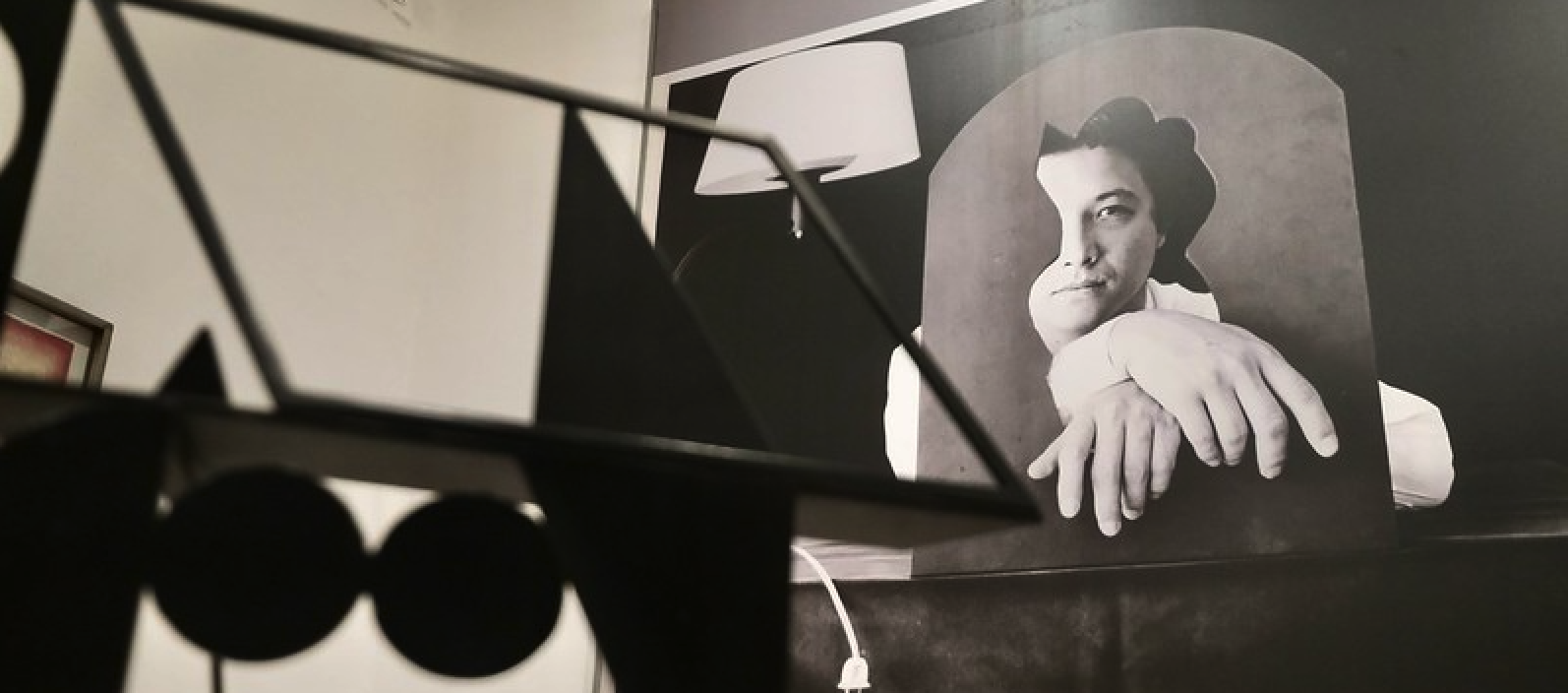

by Mónica Ashida
“”At times, turning to the past produces a strange sensation similar to that experienced by someone who suddenly realizes that he has lost something without realizing it,” Carlos Ashida wrote, recalling his time as director of the Museo de las Artes [Arts Museum] in the catalog published to commemorate its 20th anniversary. This is the very sentiment with which I approach this brief review of his legacy eight years after his departure.
The title of the exhibition, taken from the book Chilam Balam de Chumayel, evoques death, loss and mourning. However, in this context it helps me to allude to another blood connotation, namely the fraternal and filial one.
This exhibition is not meant to be a review of art in Jalisco, but rather a brief tribute to a keen visionary, often ahead of his time, who contributed significantly to the artistic community, contributing to the cultural panorama of his time with initiatives that remain relevant today and largely shaped the course of the contemporary art scene in the state of Jalisco.
As a result of my father’s meticulous archival efforts on Carlos’ work spanning three decades, undoubtedly undertaken with a sense of pride not exempt from the intent of preserving family history, it is possible to propose a story line illustrated by the works that make up part of the collection and the archival documents, which constitute a testament to the most important events that took place throughout his career.
Carlos Ashida was a visionary who broke barriers and promoted a vibrant artistic dialogue, challenging conventions and breaking new ground in art. During the 1980s, 1990s and 2000s, Ashida created and produced interesting and controversial exhibitions that defied established norms and questioned the boundaries of prevailing art notions at the time.
Early on, Ashida defined the role of curator by means of an insightful understanding of his time and context as a bonding strategy for generations and trends. To achieve this, he navigated freely, traversing the realms between the public and the private, between the individual and the generational, between tradition and change.
Contrary to the generalized idea that he favored contemporary art above all else, Ashida was a bridge between budding artists and established masters, creating an environment of dialogue and continuity regardless of age or gender barriers nor of political or institutional affiliation. Proof of this is the extensive record of exhibitions, artists and media found throughout these halls.
Due to my personal and loving ties intertwined with this story, it is not up to me to draw conclusions about the validity of this legacy. However, it is this very position that, to my good fortune and with the limitations that this implies, rendered me a first-hand witness and narrator of this story.
Because of this fortuitous and privileged circumstance, I deem it a duty to show the generosity that Carlos practiced in life by sharing his knowledge and view of art. With this exhibition, I hope to share with the public some of the enthusiasm and energy that inspired his journey along the exciting path of art.